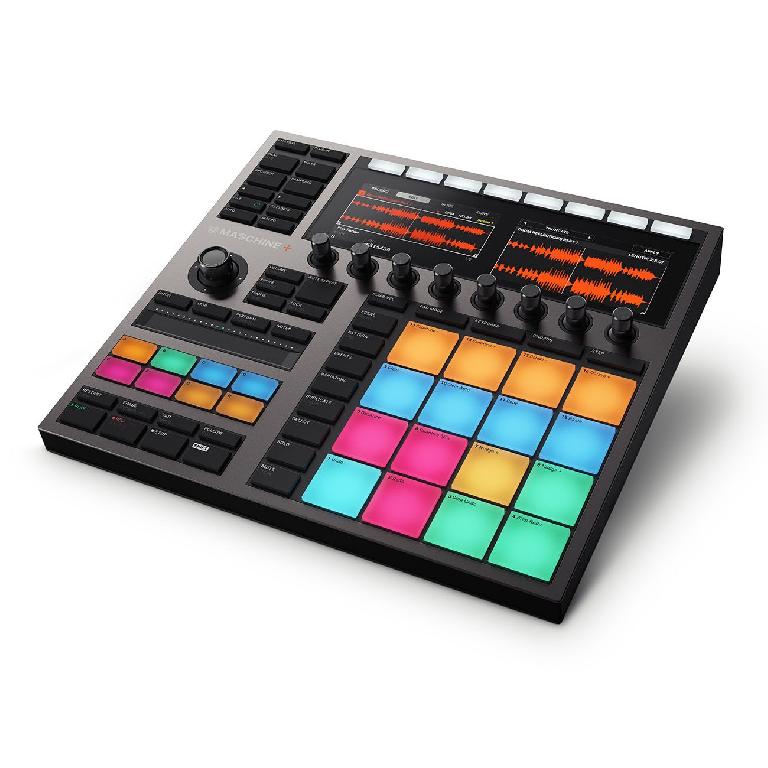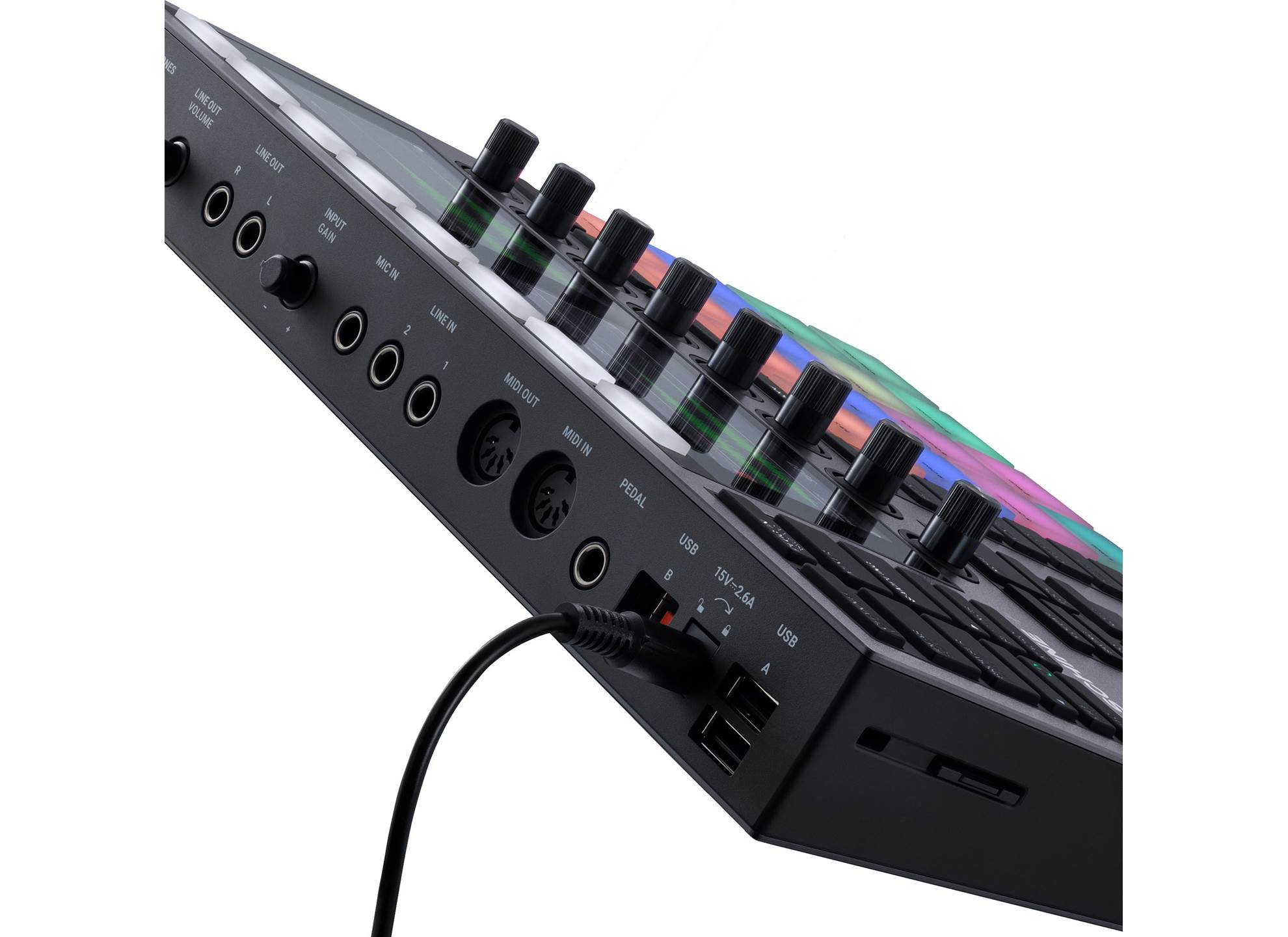

Now, in the Maschine software, let's route some audio to Console and apply some plug-in processing. You can use these Virtual outputs to send audio from Maschine into Console. Note: Channel numbers and Virtual Channel count may be different for your Apollo. Under "Outputs" you should see the Virtual Channels. Maschine audio preferences showing available output routings Maschine audio preferences showing available input routings

Once you do this, your inputs and outputs should look similar to the "Routings" section in the screenshot below. Under this tab, make sure the Driver is set to ASIO and then select your Apollo from the Device list. In the Maschine software, first make sure the Apollo is selected as the playback device. Send Individual Sound - Send an individual Maschine sound to Console.įor this example we're using an Apollo Twin USB. Send a Group - Send a group of instruments or sounds from Maschine to Console using the Groups within Maschine. Send the Master - Send all audio from Maschine to Console. There are three ways to send audio into Console from Maschine: This allows you to send audio from Maschine to Virtual Channels in Console, where you can process the audio with UAD plug-ins before sending the audio back into Maschine. This article will guide you through the necessary steps to configure the standalone Maschine application with Console so that audio from Maschine can be monitored or printed through UAD plug-ins with low latency using the Virtual Channels in Console.

From time to time we get questions about how to use UAD plug-ins within the standalone Maschine application, however, the main issue is that Maschine standalone does not offer full plug-in delay compensation which is a requirement for using UAD plug-ins in any host. Although Native Instruments Maschine is not an officially tested or supported DAW for UAD-2 / Apollo devices, it is capable of hosting VST (Mac & Windows) and AU (Mac only) format plug-ins.


 0 kommentar(er)
0 kommentar(er)
